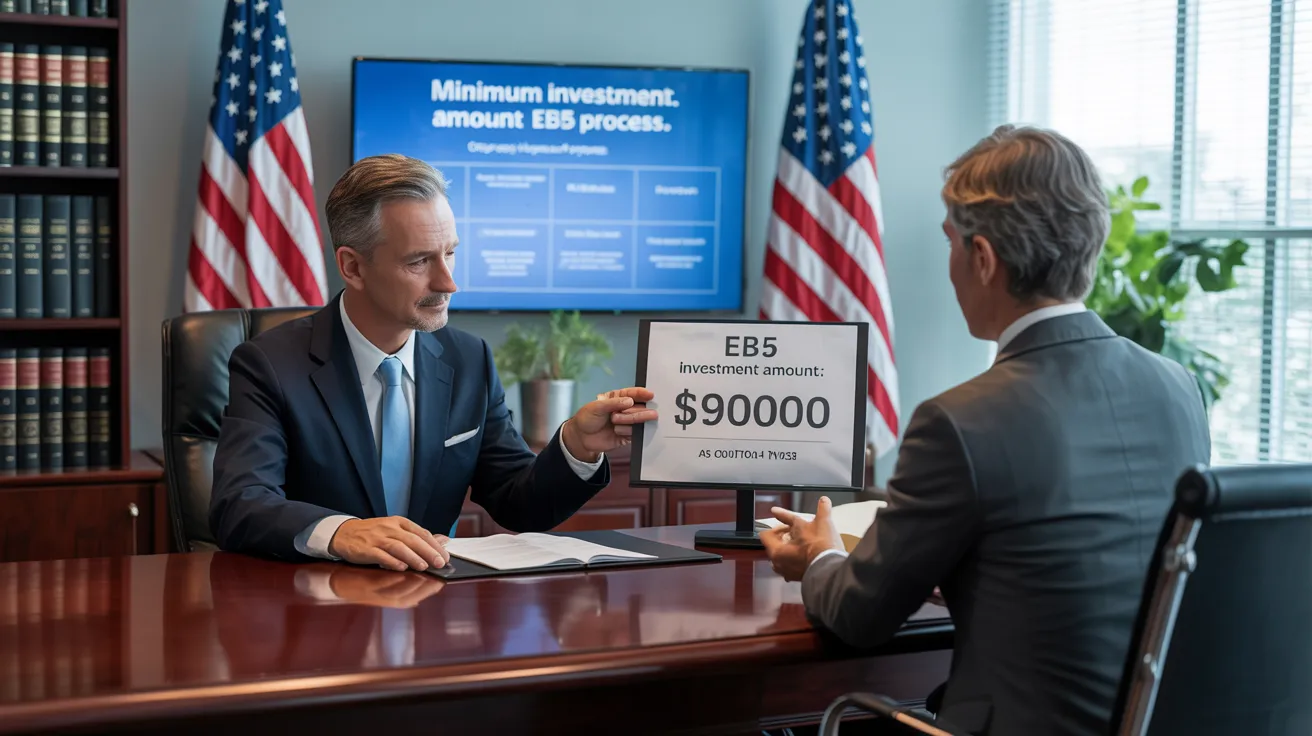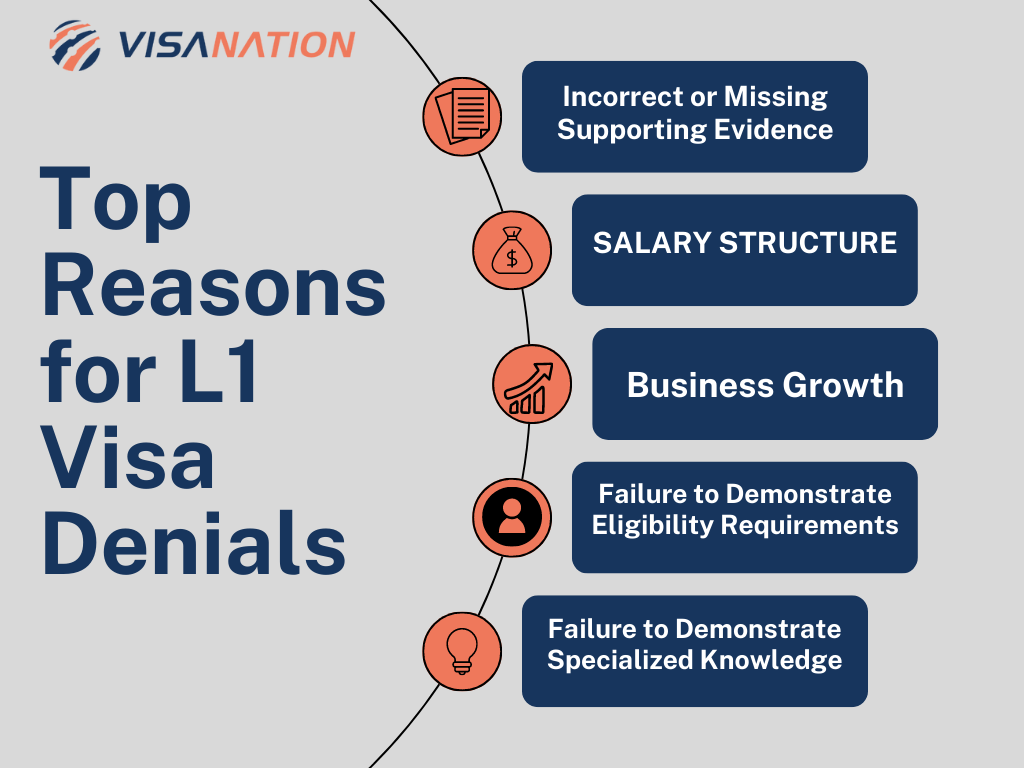All about L1 Visa
Table of Contents6 Simple Techniques For L1 VisaThe 5-Minute Rule for L1 VisaExcitement About L1 VisaSome Known Factual Statements About L1 Visa About L1 Visa
L-1 visas are offered to staff members of a worldwide firm with offices in both the USA and abroad. L1 Visa. The visa permits such international workers to transfer to the company's US office after having actually functioned abroad for the firm for at least one constant year within the previous three previous to admission in the USOne L-1 visa can enable multiple staff members entrance into the United States. Spouses of L-1 visa owners are permitted to function without restriction in the US (utilizing an L-2 visa) incident to standing, and the L-1 visa might lawfully be made use of as a tipping stone to a permit under the teaching of dual intent.
In 2019, Indian nationals received 18,354 L-1 visas, accounting for 23.8% of all L-1 visas provided in 2019. According to USCIS data, the largest companies to obtain L-1 visas in 2019 were Tata Consultancy with 1,542 approved L-1 visa requests, Infosys with 517, Amazon with 455, Cognizant with 382, and Deloitte with 305.
Congress created the L-1 visa in 1970. It was introduced as a "noncontroversial change" for international American firms. The initial visa called for that the work period match straight before making an application for the business transfer. Congress originally did not specify "specialized knowledge". In 1980, the State Division released 26,535 L-1 visas.
Our L1 Visa Statements
Significant Indian outsourcing firms such as Tata, Infosys, and Wipro significantly made use of the L-1 copyright personnel American international corporations. Half of Tata's employees gave the USA came on L-1 visas. The North American Free Trade Agreement had stipulations relating to intracompany transfers between the U.S., Canada, and Mexico.
By 2000, Migration and National Service tape-recorded 294,658 visa access. In 2002, Congress enabled L-1 visa spouses, that are on an L-2 visa, the authorization to function easily within the United States. In 2003, the Senate Judiciary Committee held a hearing on the L-1 visa. In monetary year 2004, the variety of L-1B visas went beyond the variety of L-1A visas.

Applicants who remain in the USA at the time of the declaring of the I-129 can ask for an adjustment of condition from their present nonimmigrant condition (i.e. site visitor, pupil, and so on), as long as they are in condition at the time of the declaring of the I-129. If they go out of status after the filing, yet prior to approval, there is no unfavorable consequence, and the individual does not build up illegal visibility.
Children of the main L-1 can participate in college. The partner of the primary L-1 has an automatic right to function in the United States. Children can not approve paid work. The partner can, but need not, apply with the USCIS for employment contact us consent after showing up in the USA and, after issuance of the Work Consent File (EAD, Kind I-765), might after that help any type of employer.
Little Known Facts About L1 Visa.
An I-797 Notice of Activity revealing the approval of the visa request does not guarantee that a visa will be provided at the U.S.

The 9-Minute Rule for L1 Visa
For an L-1 visa applicant, "twin Intent" is enabled: unlike some classes of non-immigrant visas (e.g., J-1 visas (L1 Visa)), L-1 candidates might not be denied a visa on the basis that they are an intending immigrant to the United States, or that they do not have a home abroad which they do not plan to abandon
L-1 standing may be restored and expanded within the USA. Other than in the case of blanket requests, a brand-new I-129 application need to be submitted. Revival in the United States relates to status just, not the real visa in the copyright. copyright revival, the candidate must most likely to an U.S

About L1 Visa
An individual in L-1 condition usually may work just for the requesting company. If the L-1 worker gets in based on an L-1 covering, however, it generally is feasible for the employee to be relocated the very same ability to any other relevant firm provided on the blanket. The L-1 visa program has actually been slammed for several reasons.
In one example, The U.S. Department of Labor fined Electronic devices for Imaging $3,500 for paying its L-1 visa workers $1.21 an hour and working some of them approximately 122 hours a week. Some market agents have accused firms of utilizing the L-1 program to replace U.S. employees. Critics and government authorities have explained how the visa program does not specify "specialized knowledge" for foreign employees in the L-1B visa category.